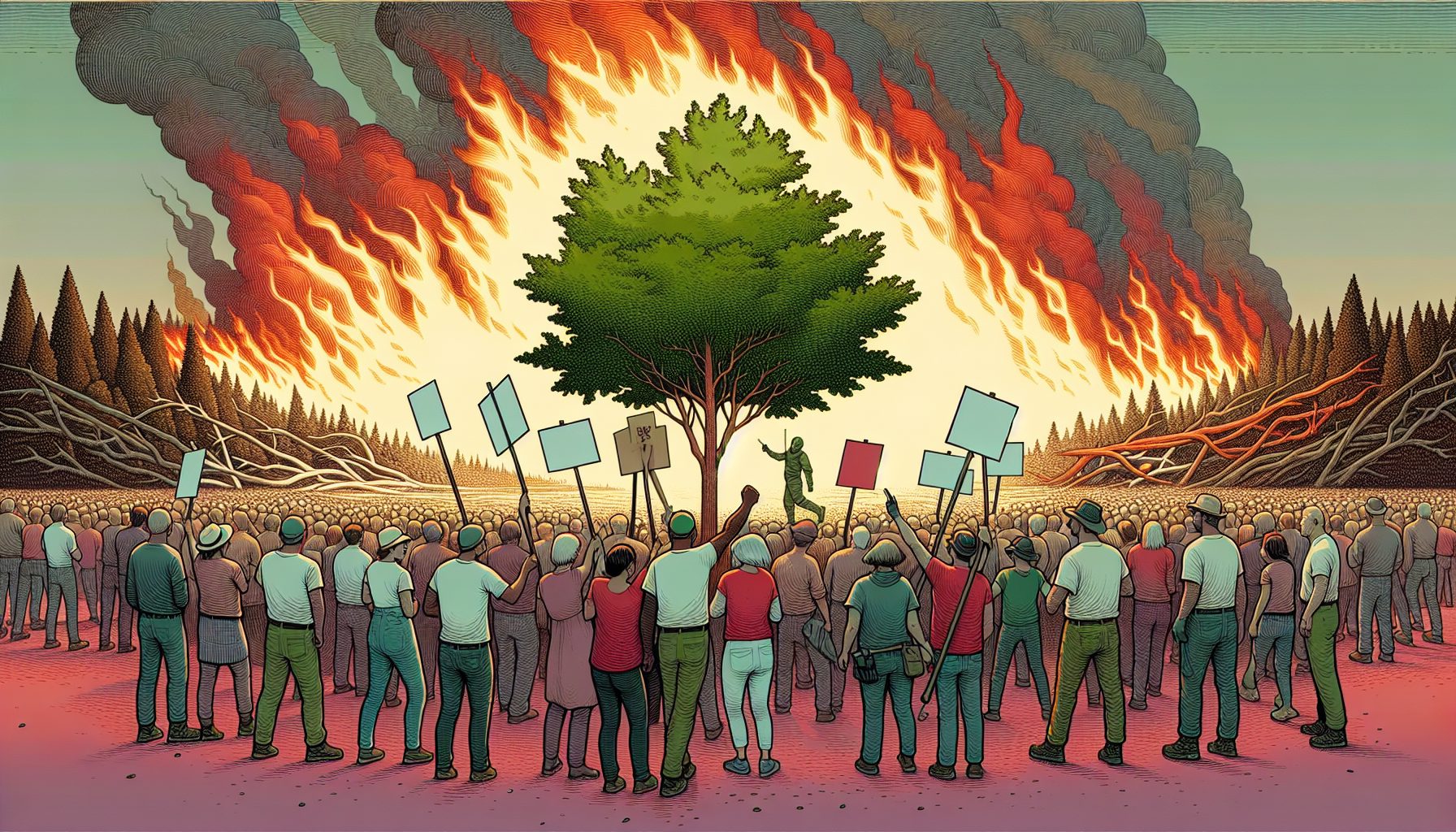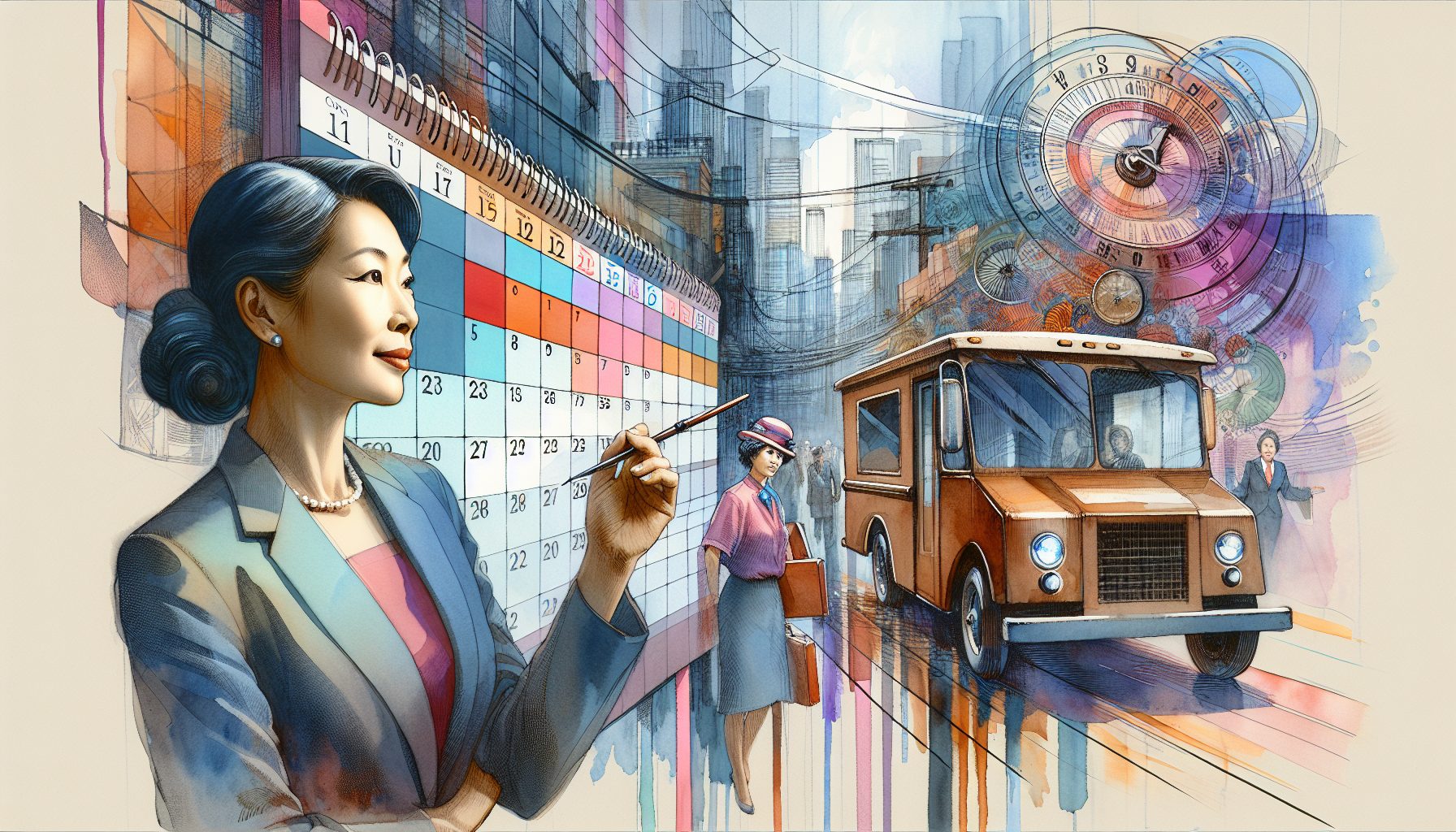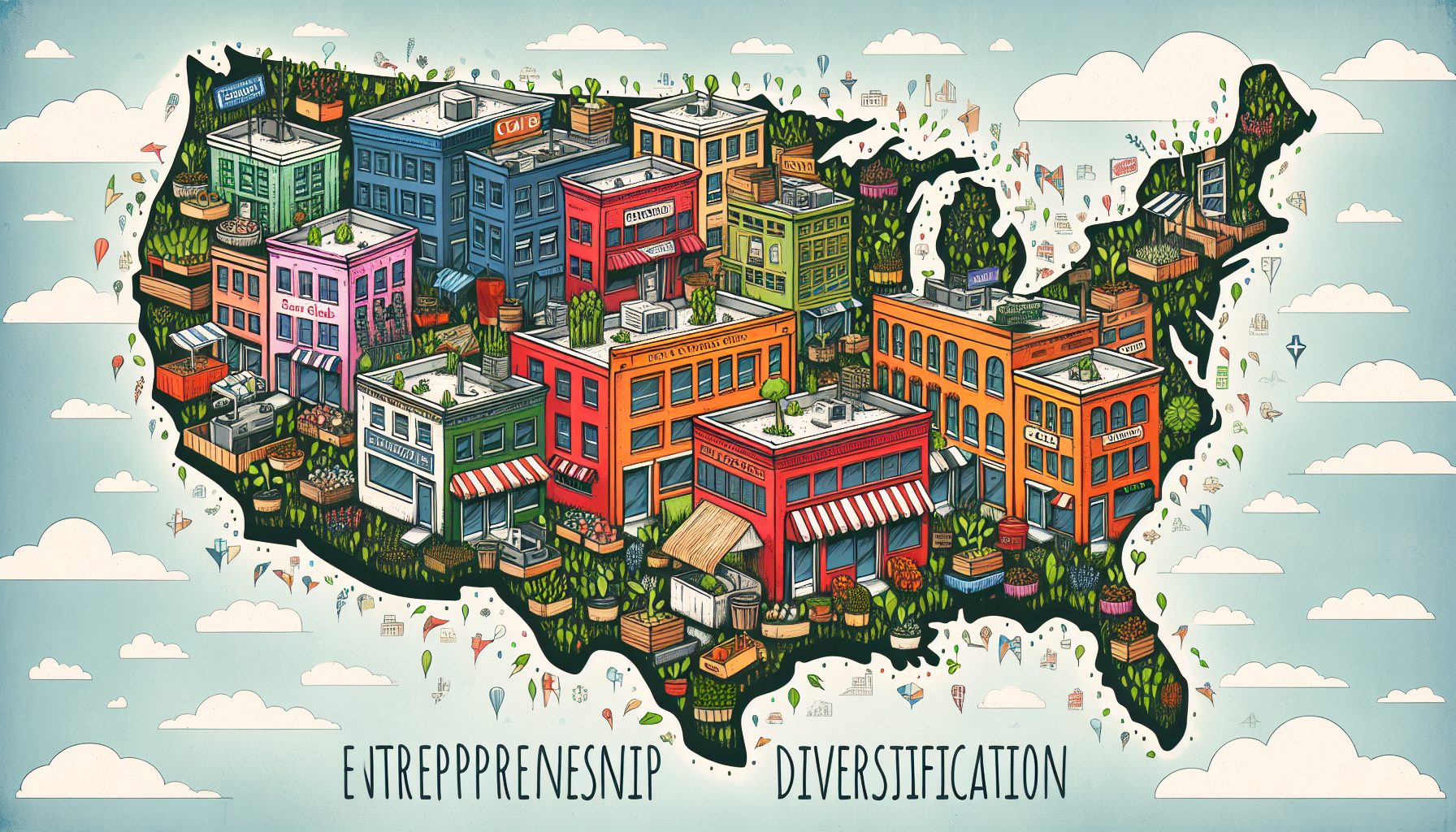
They’re typical city problems, not life-and-death but irritating and potentially dangerous. What you pay tax dollars to fix.
In most cities, citizens with problems will call, if they can figure out which agency is responsible. They may stew on hold and then make a report, if city employees actually do pick up the phone. Then they wait for action. If they wait too long, they get mad. Doesn’t anyone listen?
Trust in government has sunk steadily since the 1960s, says Carl Fillichio, who leads the Innovations in American Government program at Harvard University’s John F. Kennedy School of Government. “After 9/11, it improved somewhat,” he says. “But there’s great skepticism to overcome.”
Chicago residents and business people knew that all too well. But a central “311” line for citizens to ask questions and demand actions is restoring confidence, Fillichio says. Chicago’s 311 system won Harvard’s prestigious Innovations award last year because of how well it works.
Layers of bureaucracy had built up in Chicago. There were hundreds of city government listings in the phone book. It was hard to tell where to go with a given problem. Does the Department of Streets and Sanitation handle a litter-clogged storm drain or is it the Department of Water Management?
People shouldn’t have to burrow into bureaucracy to get services they pay for, Fillichio says. It should be simple.
With that goal in mind, Chicago turned on 311 in 1999. Just as the number “911” was designated to handle emergencies, “311” was set aside by the Federal Communications Commission in 1996 for non-emergency matters.
Rather than having to know which seven- or 10-digit phone number to call for a request, complaint or question, Chicagoans can “make one call to City Hall,” as Mayor Richard Daley likes to say. Similarly, when New York put in a $21 million 311 system a year ago, it no longer had to list 167 pages of city numbers in the phone book.
Chicago got the simplicity it wanted. It also can better monitor city employees out on the street and dovetail the work of multiple departments when a job calls for it. The 311 system, with its ability to sort data by variables such as crew, truck, employee, job and day, didn’t go in without pushback. And it didn’t solve all of Chicago’s integration problems.
Since 1998, Chicago has spent $9 million on Motorola’s 311 software, Sun Microsystems Unix servers and Oracle databases. Another $4 million has gone to a new call center and telecommunications equipment.
The Motorola software has lots of graphics and clickable menus. But the transition from the custom-coded mainframe software used throughout the departments wasn’t as tough as it might have been, says Debbie Caccavale, deputy chief information officer. That’s because Year 2000 worries already had city attention focused on technology issues. “It wasn’t cost-effective to modify everyone’s old mainframe systems, so people wanted something new,” she says.
Now when a citizen calls in a request for services, such as trimming a tree leaning on electrical lines, a numbered work ticket is tracked through resolution. Callers use the reference number for follow-up and city managers can track work down to the individual employee level. The city got 3.8 million calls last year and expects 4 million this year.
Chicago’s call-center operators are either police officers who can make official reports when crimes are called in, or, like Yidarty Reyes, civilian employees.
In the 11 minutes before her lunch break on a recent Tuesday morning, Reyes answers seven calls, all for information. A distressed woman wants the number for the domestic-violence hotline. Another wants to find either a Jeff or an Ursula at the water department. A woman has a question for the Board of Education. A man cleaning his garage wants a Dumpster from the city. One woman wants to know where to find her towed car. Another calls to see what time it is.
“We get everything,” Reyes says, and pauses to pick up a call from an elderly woman with a broken furnace. Reyes pulls out a ragged pack of typewritten papers. She dials the number within the housing office that handles furnace-heating issues, which she had penciled on the first page. Sometimes she finds it’s faster to use cribbed notes than query the database.
In fact, operators get their data from several places: paper, mainframe terminals (for the city’s 40,000-employee phone directory) and NEC touch-screen computers (for 311’s database). Some knowledge comes from having worked for the city awhile. Nobody had to tell Reyes, a 22-year city employee, that Chicago doesn’t provide Dumpsters.
When the city’s technology department started the 311 project five years ago, it wanted to codify and distribute such institutional knowledge. Scripts for 550 different service requests were written during a year of conversations with each of the city’s 42 departments. Figuring out how people did their jobs and what kind of data would make them easier “was the biggest part of the project,” Caccavale recalls.
Before 311, citizen requests to municipal departments or City Hall were often jotted on paper. If a department had a form, a lot of it would be left blank by harried clerks. Now, when a service request comes in, the 311 operator selects the right keyword from a pre-coded list.
Choosing “Tree Emergency” triggers a tailored intake form. What part of the tree is down? Is anything obstructed?
After the relevant questions are answered, the operator clicks “save” and the request is routed to the right department. But clerks can query the database anytime. Department of Public Health officials last summer regularly looked for reports of dead birds coming in for Animal Care and Control so they could map the course of West Nile virus through the city.
Each intake form is appended with a resolution form for field staff to fill out as they work.
Other municipalities with 311 systems track calls to differing degrees. Dallas, for example, put in a 311 system in 2002 but doesn’t have a central measurement system. The call center there simply tallies the number of incoming calls, leaving individual departments to track their own performance on separate systems. Baltimore, on the other hand, posts citywide statistics on a public Web site every two weeks.
At first, some Chicago departments didn’t want 311. Managers felt anxious about being watched so closely and it was, simply, change. The technology people tread lightly. “We had the mayor’s office support, but we didn’t say, ‘This is what you have to do,'” Caccavale says.
“It was such a massive training requirement to get city employees to use PCs,” adds Ted O’Keefe, director of 311 City Services. “But it took us longer to get people to understand the value of the management information the system could provide.”
The Bureau of Traffic Services, which towed 200,000 cars in Chicago last year, gets 70% of its work orders from 311 and the bureau’s 387 people are now more organized, says Deputy Commissioner Bill Bresnahan.
Before, tow requests came in with a rough location and short description of the car. Now 311 operators ask for better identifying data, such as make, model and color, whether it has license plates and the car’s condition. “There’s no wasting time driving around a couple blocks looking,” Bresnahan says.
“The people in my bureau were the biggest cry-babies about this thing. ‘It’s not going to work. It’s going to suck,'” he says. “But now we’re the biggest cheerleaders.”
By sorting service requests by location and weeding out situations where more than one citizen calls about a specific problem, the 311 system lets the city dispatch crews more efficiently. Plus work orders don’t get lost or ignored. In Traffic Services, a Friday report shows which orders are still open. “You don’t want to show up on the shame sheet,” Bresnahan says.
Chicago has improved response times for many municipal problems. Graffiti removal now takes less than three days from complaint to clean-up, down from almost eight days in 2000. Missing or damaged “one way” signs are restored in less than three days, down from more than 66 in 2000.
Some services, though, haven’t shown straight-line improvement. The time to respond to requests for block baiting, which is Chicago’s term for setting out baited glue-board traps for alley rats, has doubled since 2001.
Part of the reason is that Mayor Daley changed his approach to rodent control. Some baiters were reassigned to a “Dumpster Task Force” to ticket people for leaving garbage out. And a nine-day strike by private garbage haulers last fall meant other Streets and Sanitation workers were diverted to pick up bags that had piled up.
A 311 system doesn’t automatically mean new efficiencies, top to bottom, says David McDonald, president of PSComm, a 311 consulting company in Rockville, Md.
Many factors outside the bounds of any computer system—politics, employee actions, weather—influence how well a city works. “311 is good. There are a lot of really good things a city can do with it. But it’s not a miracle cure,” McDonald says.
While Chicago’s 311 system connects citizens to the city, it isn’t meant to connect departments to each other. That integration remains incomplete—a situation criticized last year after a deadly accident.
In February 2003, 21 people were killed in a crush to get out of the E2 nightclub when illegal fireworks sparked a fire inside. During the several months before the incident, the police, liquor commission and building department had all issued complaints to E2 for safety problems. But no one entity knew what the others were doing. And none knew that a state court had already ordered E2 to be shut down for safety violations.
An investigating commission later called for the city to link the computer systems of several departments so that, for example, the police are notified of court orders to close a business.
The city says it is working to integrate departmental applications, but they’re mainly custom-coded and it takes time. “Funds should be earmarked” to accelerate the work, the commission said. But it gave no hint as to how to do that as the city cuts employees by 5%, or 2,000 people, to balance its 2004 budget. Deputy CIO Caccavale, for example, is gone, having taken an early retirement offer in February.
But the 311 system isn’t losing a single operator and Daley isn’t likely to cut its budget because the system continues to save money. The city has recovered the $13 million spent so far, as well as the $4.3 million in annual operating costs, O’Keefe says.
The Bureau of Electricity, for example, has so far saved $6.9 million by no longer sending multiple crews to fix a broken streetlight when duplicate complaints come in. The Department of Buildings has saved $600,000 by avoiding duplicate “no heat” calls.
Chicago’s 311 unit deserves praise for its fiscal results, says Harvard’s Fillichio, but also for how much it’s being used. The 311 line got 1.3 calls per citizen last year. Baltimore got just 1.1.
Too often, Fillichio says, a government entity puts in simple technology—a Web page for reporting broken streetlights—and proclaims itself an “e-government,” responsive to the people. “Ultimately, ‘e-government’ has to stand for ‘excellent government’ and Chicago’s 311 is a good example of that,” he says. “You really get to experience an efficient government.”
-additional reporting Elizabeth Bennett








